The Face of NZ Wine
Back in 2008, I was given the task of curating an exhibition on behalf of the New Zealand Portrait Gallery. Its subject was spelled out in its title - Looking Down The Barrel: The Face of New Zealand Wine.
The exhibition brought together over 60 images of people, past and present, who have played roles in the nearly 200 year old story of New Zealand wine. Reproduced below are a number of the images, together with the essay I wrote for the exhibition programme.
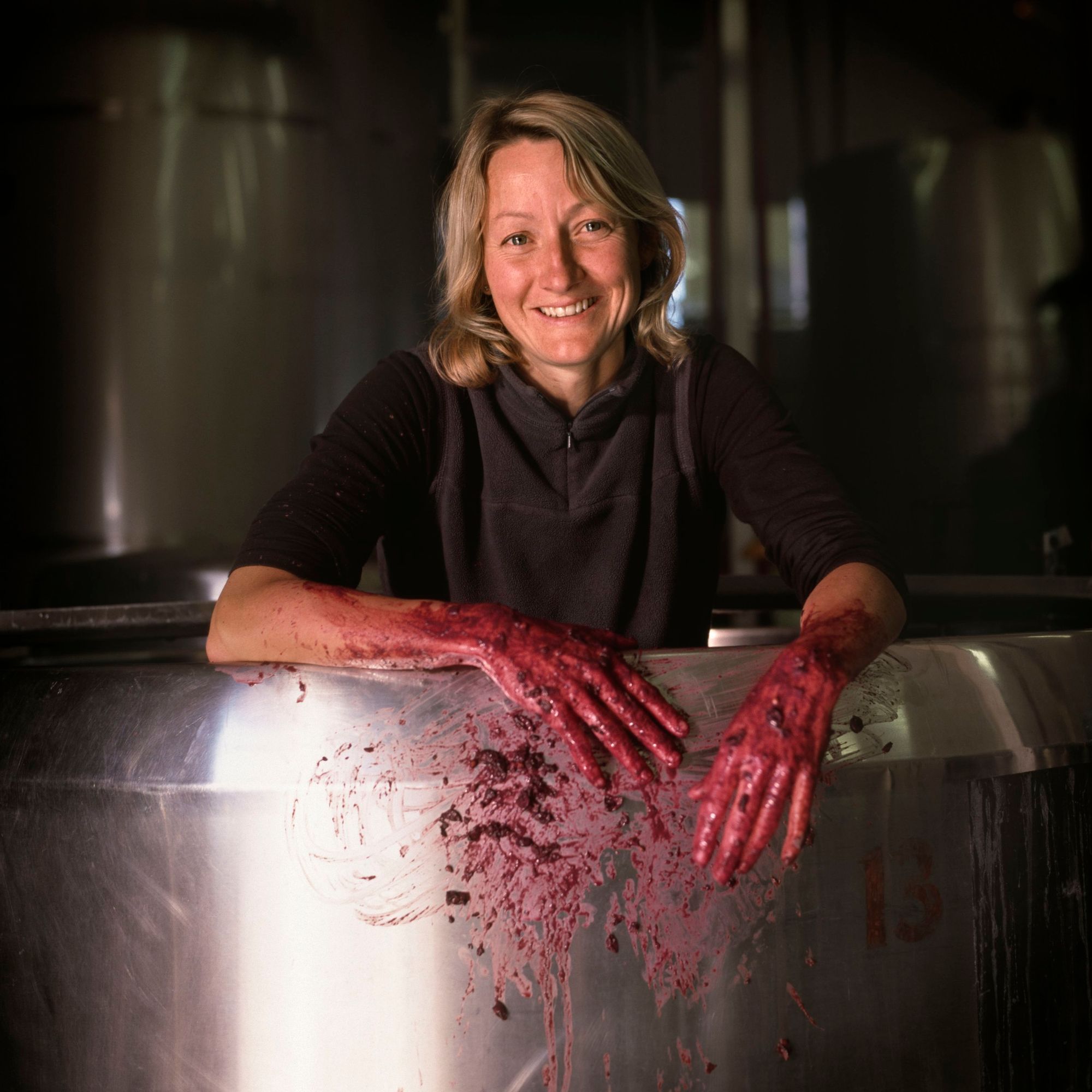
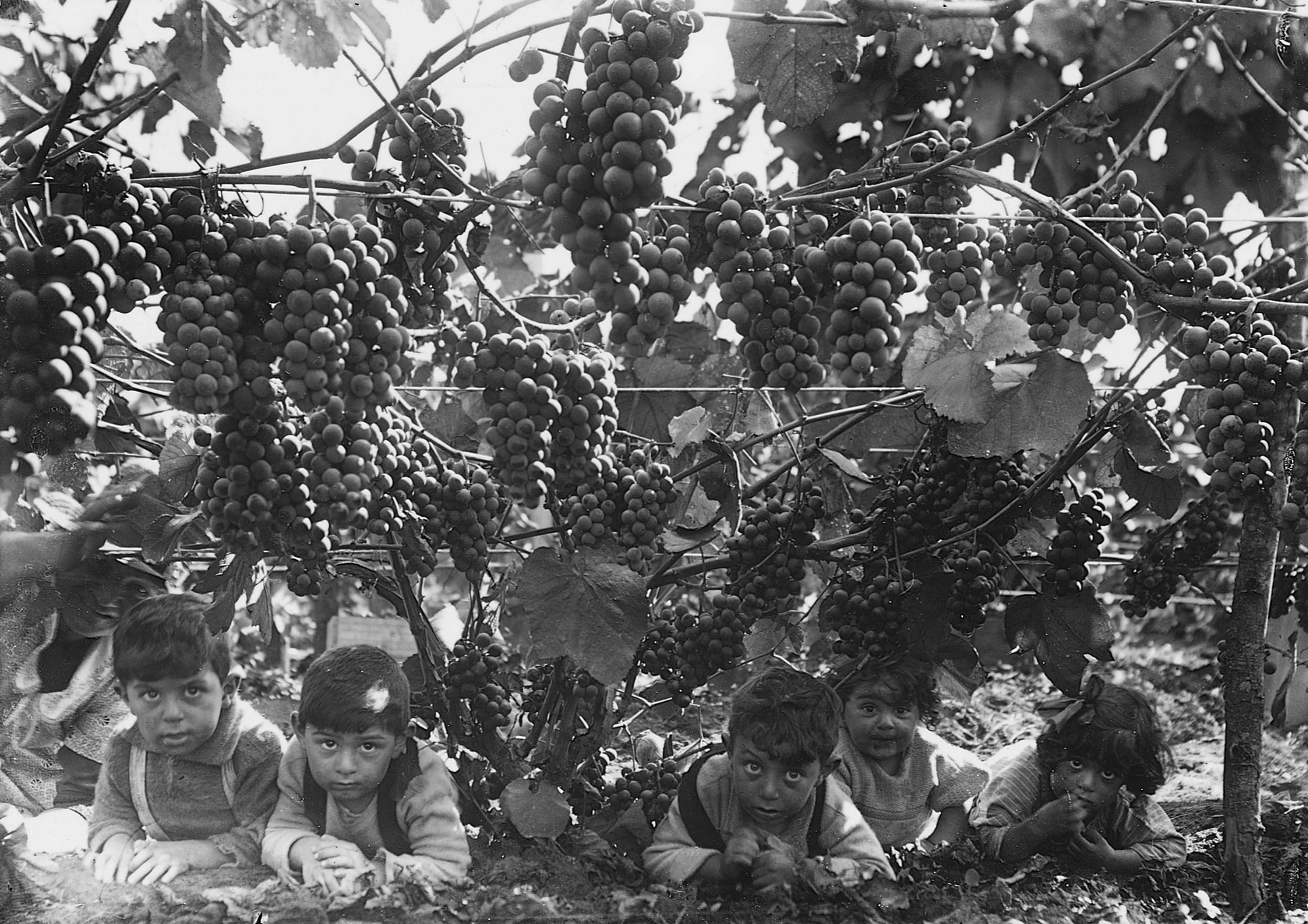
Left: Claire Mulholland by Kevin Judd. Right: Corban Children Under The Vines[left to right: Najibie (Grandmother), David, Assid, Alex, Mary and Noura] Photographed by Khaleel Corban
Exploring Terroir Incognita
On 1 May 1840, French explorer Dumont D’Urville tasted a white wine made by James Busby at Waitangi. The skipper of Astrolabe later wrote appreciatively of the experience. The ‘petit vin blanc léger’ he put to his lips at Busby’s house convinced him New Zealand conditions were ideal for viticulture. He foresaw export opportunities. Our first wine, in our first year of modern nationhood, received our first glowing international review.
D’Urville’s enthusiasm for the coupling of New Zealand and wine production was to be echoed many times by others over the following 150 years. Despite the conviction and energy of these believers, in common with other early immigrants, vitis vinifera did not have it easy in New Zealand. Early success was hindered by a number of obstacles. Chief among these was a largely unrefined Anglo-Saxon society that had little interest in table wine. Weighing in alongside were a hostile temperance movement, a welcome environment for vineyard disease, and scant knowledge of local conditions. All conditions that led to poor site and grape variety selection, which in turn resulted in poor wine.
Sound but unspectacular progress was made in the 1960s and '70s; and then everything changed in the early 1980s. At New Zealand House in London in 1982, the tastebuds of influential British wine trade and media representatives met up with Marlborough sauvignon blanc for the first time. In the words of critic Oz Clarke, the gathering was “shocked, thrilled and entranced” by the experience. A global wine phenomenon was born. From there, every dream those early pioneers had ever entertained – and a good many they hadn’t – began to come true.
This is the historical arc of Looking Down The Barrel: The Face of New Zealand Wine. From James Busby to Claire Mulholland, the New Zealand wine story is told through the faces of men and women who shaped it and lived it. This exhibition does not attempt to be a comprehensive who’s who of New Zealand wine. It should be seen as a selective vertical tasting.
Wine is many things – a delight to smell and taste, a provider of refreshment and nutrition, a drug, an adjunct to religious ritual, a constant source of wonder. But perhaps most of all, it is people and place. Wine is made by people whose vines grow in a particular place. Once made, it relays something of the nature of those people and that place to our palates.
This goes to the heart of the French wine term terroir, a recent addition to the New Zealand lexicon. Terroir, broadly speaking, is the sum of all the factors that play a part in moulding the personality of a wine. Much is made of soil, climate, aspect and so forth, and they are certainly crucial contributors. But people select the site and the vines, plant them, lend their husbandry skills and oversee the passage of grapes to wine, along the way making hundreds of decisions that have a bearing on the outcome. Different people make different wine - and without people, there would be no wine at all.
This exhibition represents the people factor in New Zealand terroir.
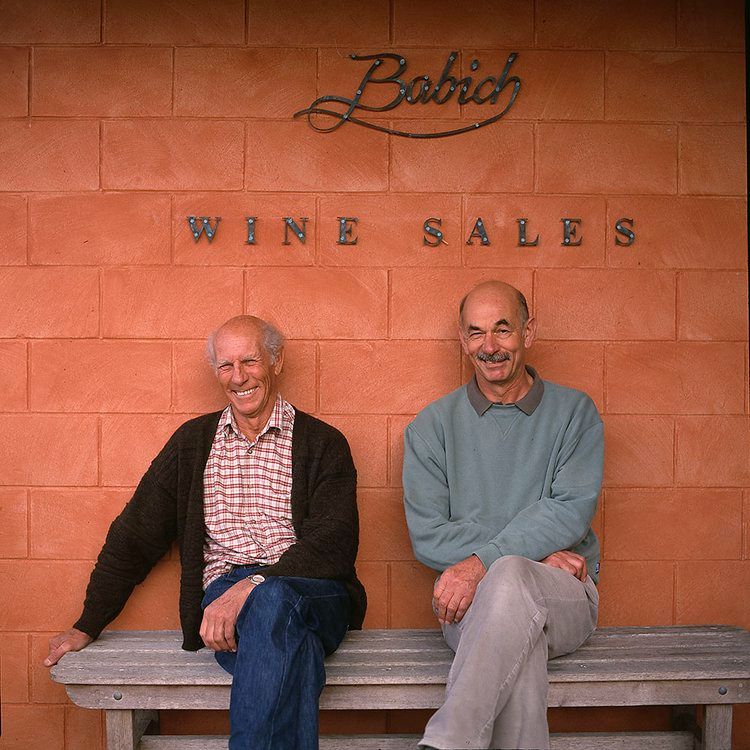
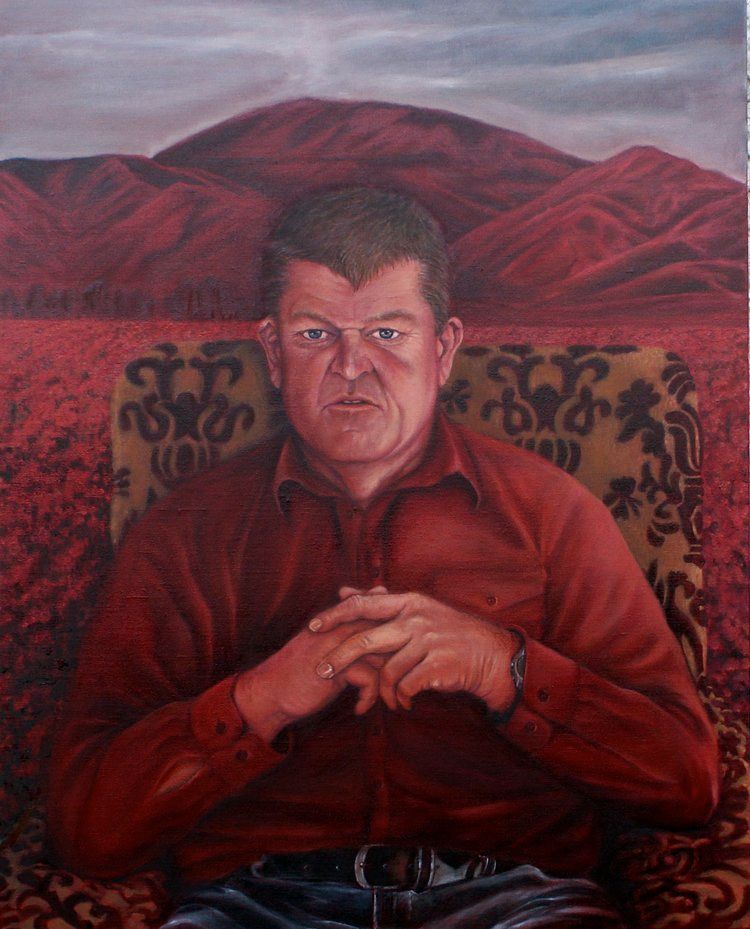
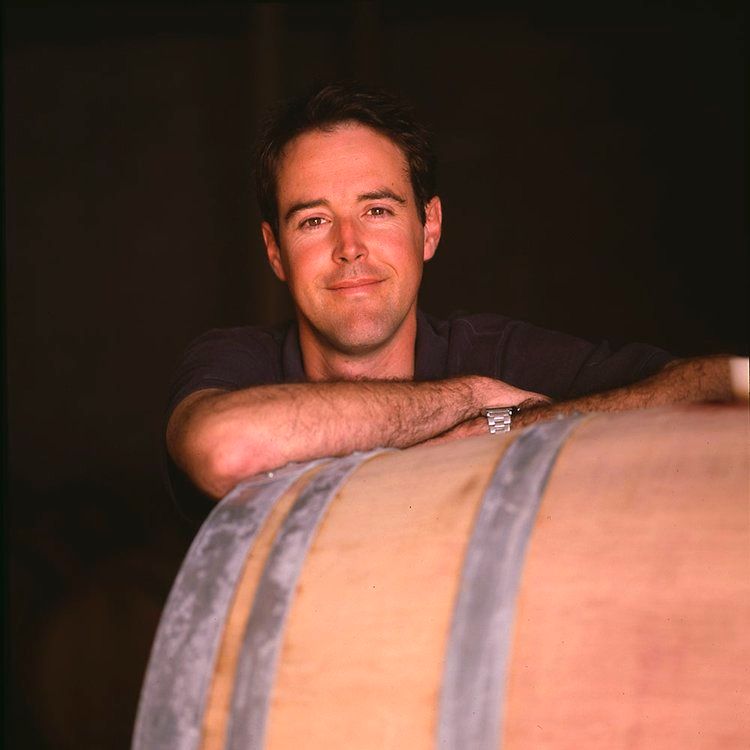
Left: Peter and Joe Babich by Kevin Judd. Centre: Larry McKenna by Tina-Rae Carter, oil on linen. Right: Blair Walter by Kevin Judd
Who are they, the owners of our ‘wine faces’? They are, unsurprisingly, a multicultural group. In their collective background you’ll find most of the wine producing countries of Europe. Telling contributions were made by immigrants from some of the continent’s less prominent wine lands – the Corbans from Lebanon, the immigrants from Dalmatia. It is perhaps surprising how many of British origin were involved along the way, beginning with Busby. Messrs Chambers and Beetham and others were living proof that Brits weren’t entirely bereft of imagination and a taste for good things.
Not all, but most of these portraits’ subjects are hands-on winemakers. This is a breed in which a love of the land sits alongside a particular, quirky brand of creativity. Beneath technical anxieties over brix levels and clonal selection lurks a dreamy sensualism, a spirit forever tantalised by the promise of the next ‘vintage of the century’.
Most of our winemakers didn’t inherit their land or their jobs; they began at the beginning, investing in their dreams, becoming winemakers because it’s what they wanted to do.
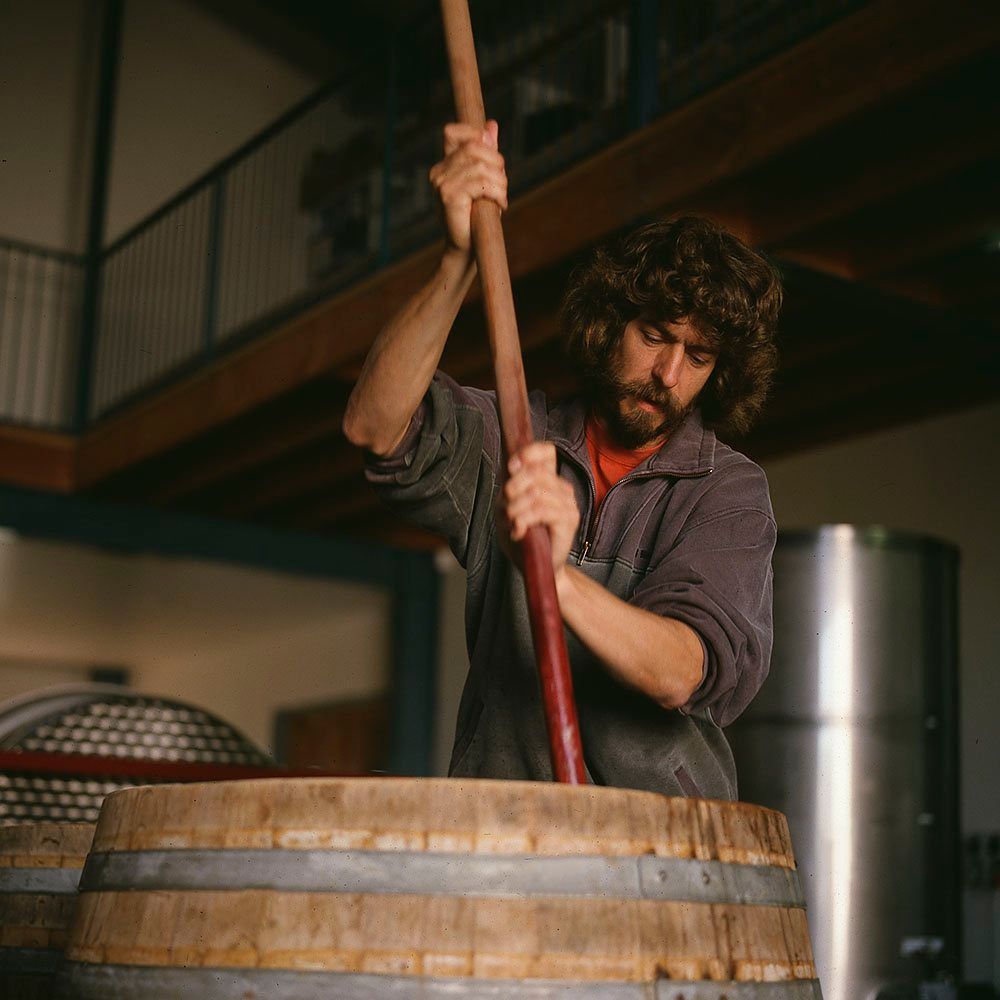
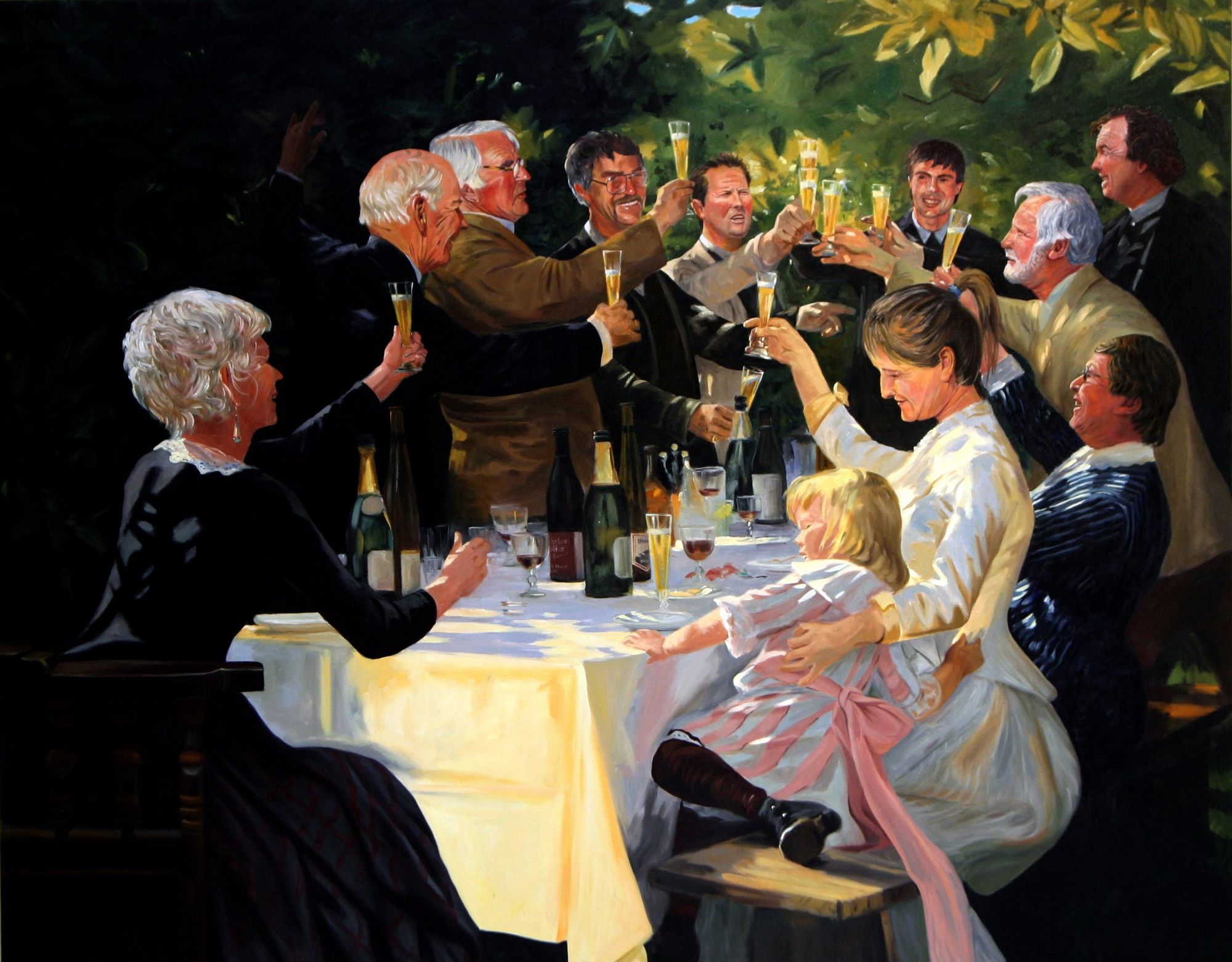

Left: Hatsch Kalberer by Kevin Judd. Centre: Otago Winemakers [left to right: Lois Mills, Bill Grant, Rolfe Mills, Thomas Brown, Verdun Burgess, Rob Hay, Mike Wolter, Greg Hay, Alan Brady, Sue Edwards, Ann Pinckney, Tara Brady] Thomas Brown, oil on canvas. Right: Daniel Schuster by Nick Cuthell, oil on canvas.
The cult of the winemaker in New Zealand is strong. Far too strong, they would tell you in Burgundy or the Rheingau or Tokaj, places where the vineyard is held up as the wine’s parent and the winemaker cast merely as midwife.
That difference is a telling separator between wine’s Old and New Worlds. It exists because they are old and we are new. The experience of centuries has taught the Europeans where the best sites are and how best to manage them, while their old vines offer a deeper expression of place than our youthful plantings can yet manage. Even today New Zealand winemakers are explorers, venturing into a vinous terra incognita, a situation that necessitates a hovering human presence, observing and often intervening. Moreover, because they market their wine in a culture that prizes personality-driven brands (and because vines can’t talk), the authorship kudos that has been heaped on our winemakers is hardly surprising.
And yet the face of New Zealand wine could never be described as self-important. It was precisely the Kiwi winemakers’ freshness and lack of pretension (which neatly matched the style of their sauvignon blanc) that contributed to the success of that London trade and media tasting in 1982.
The conversation the men and women in this exhibition embarked upon with the land they inhabit is now being eagerly listened to around the world. Many of the names and faces here have achieved global renown and at home their work has become a source of national pride. They have changed the face of the land on which they work. In turn, with every new vintage, the land changes them and the way they perceive it.
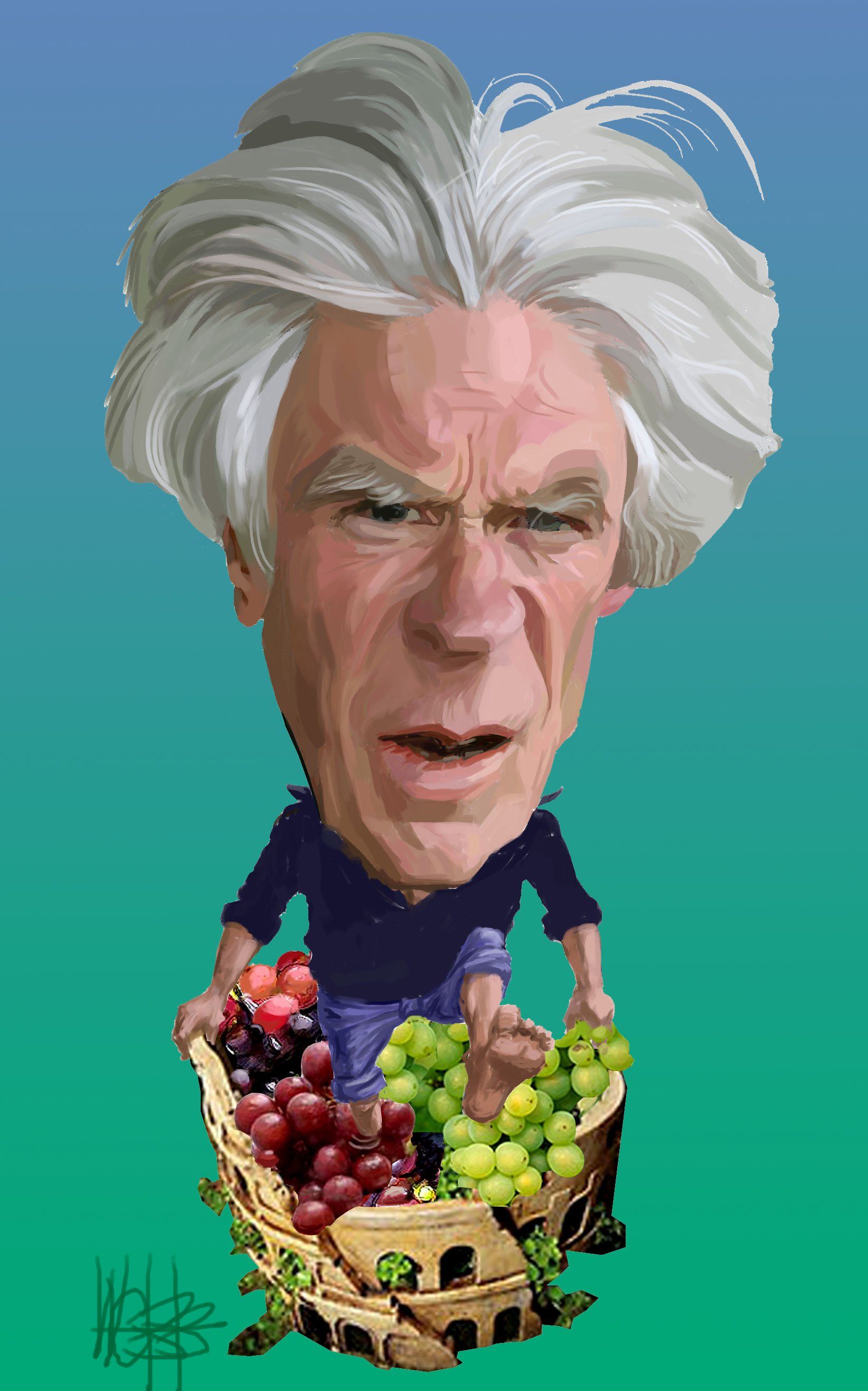
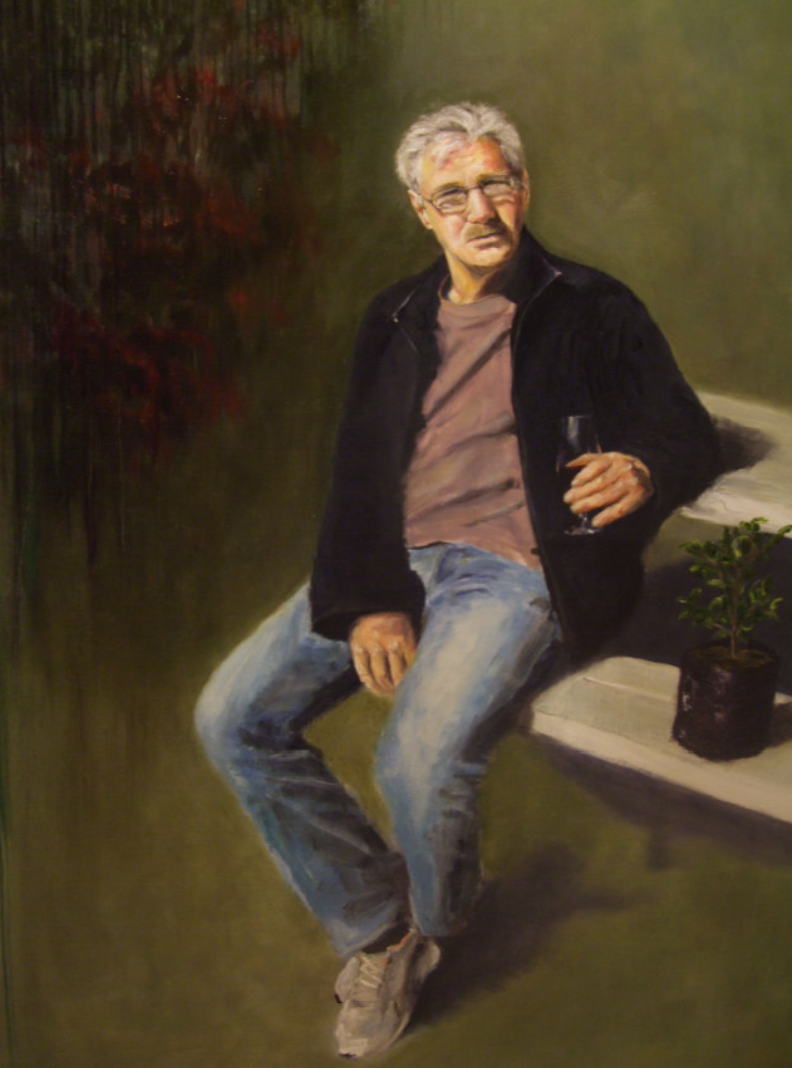
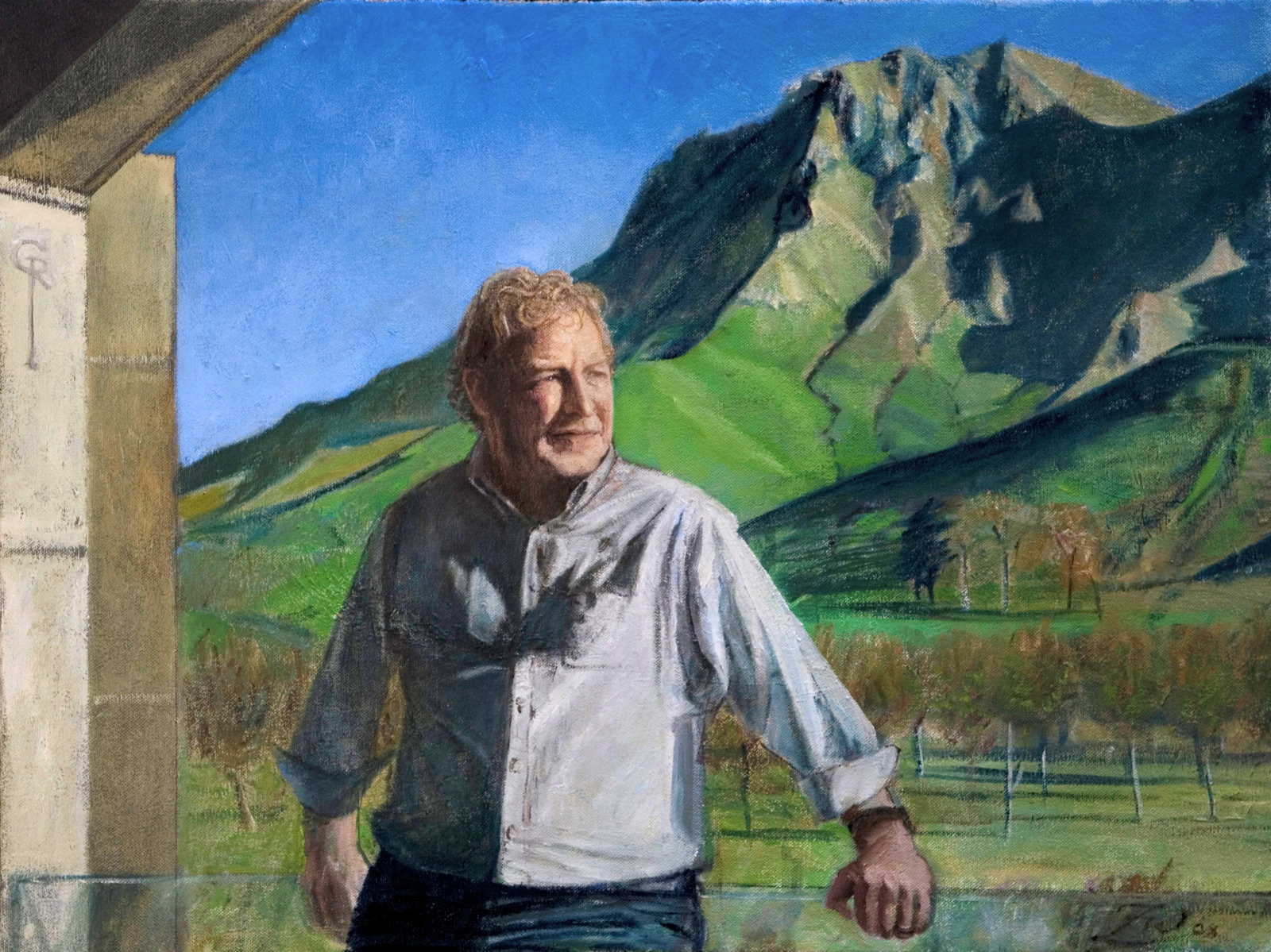
Left: Denis Erwin by Murray Webb. Centre: Clive Paton by Murray Hill, oil on canvas. Right: Steve Smith by Freeman White, oil on canvas.
